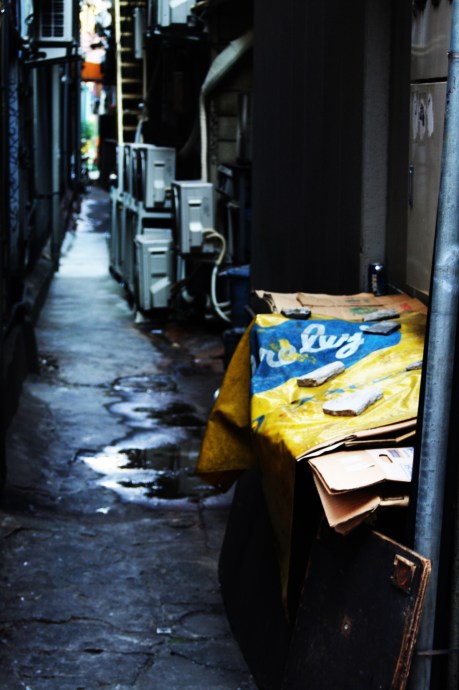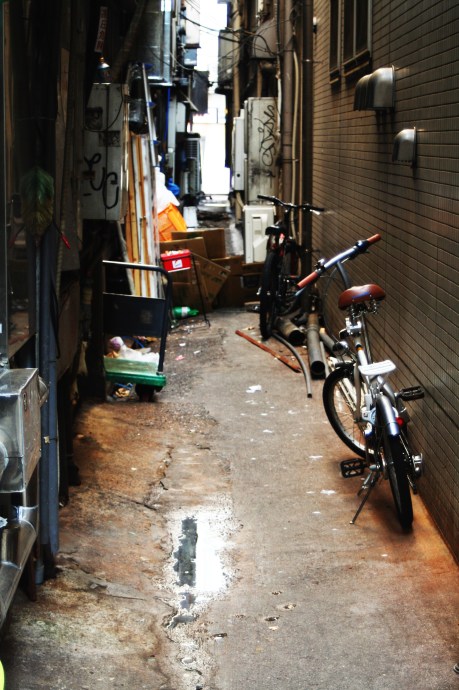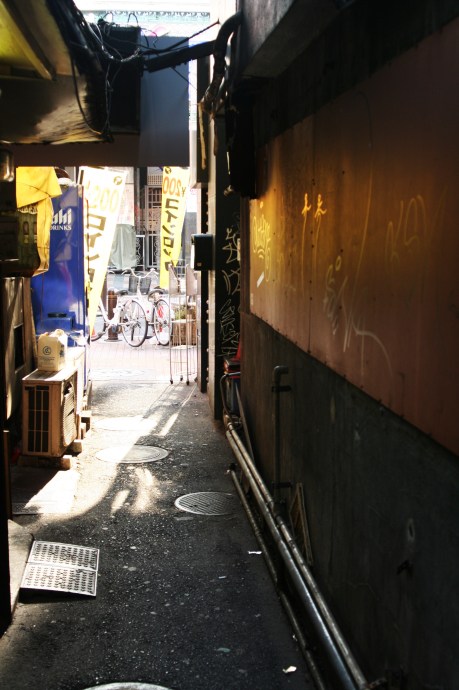










 A remarkable aspect of a city is its public space, which is produced and organized by human activity and which sets the condition for us all living together. A city fosters sometime millions of people, and therefore it is obvious that rules are established on what and how to do something. Every public space sets different kinds of borders, restricting our freedom as human beings.
A remarkable aspect of a city is its public space, which is produced and organized by human activity and which sets the condition for us all living together. A city fosters sometime millions of people, and therefore it is obvious that rules are established on what and how to do something. Every public space sets different kinds of borders, restricting our freedom as human beings.
But I think that, within all this organization, order and arrangement, that certain spots in the public realm of Tokyo provide places which seem to be orderless, which seem to be places of mutation and transformation, say a jungle. Those rare places provide the opportunity to create something new, maybe even a form of living outside the society of men as we know it. I call those places ‘urban anarchisms’, and I do not refer to any political utopia, but to the idea that the existence of orderless spaces within our society (and our cities) is a necessary feature of us living together. A city does not live by everything being ruled out and being controlled; it needs spaces in which it can create, deliberate, flourish and sprawl aimlessly.
Having this in mind, I’m trying to find and catch places like this. One of them can be found, I think, in those narrow in-betweens throughout the whole city. As a matter of the earthquake-proof method of constructing buildings in this endangered area, there is a little space between every house in Tokyo, being at least 10cm. In some cases those in-betweens are big enough to produce not quite a little street, but certainly enough room to walk in them, through them. If that’s the case, people start to make use of these spaces, as storage rooms, as side-entrances for their businesses, as graffiti spots and so on. The contrast to the ‘normal’ public streets and places couldn’t be more obvious: Instead of a tidy, monitored and controlled area, those places seem completely disordered. Since it is an ‘in-between’ between public and private realm, not being a public way, but still accessible to everybody, those places create a totally different atmosphere, an ‘urban anarchism’.